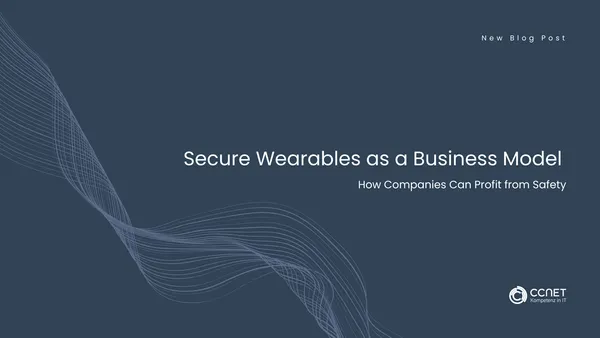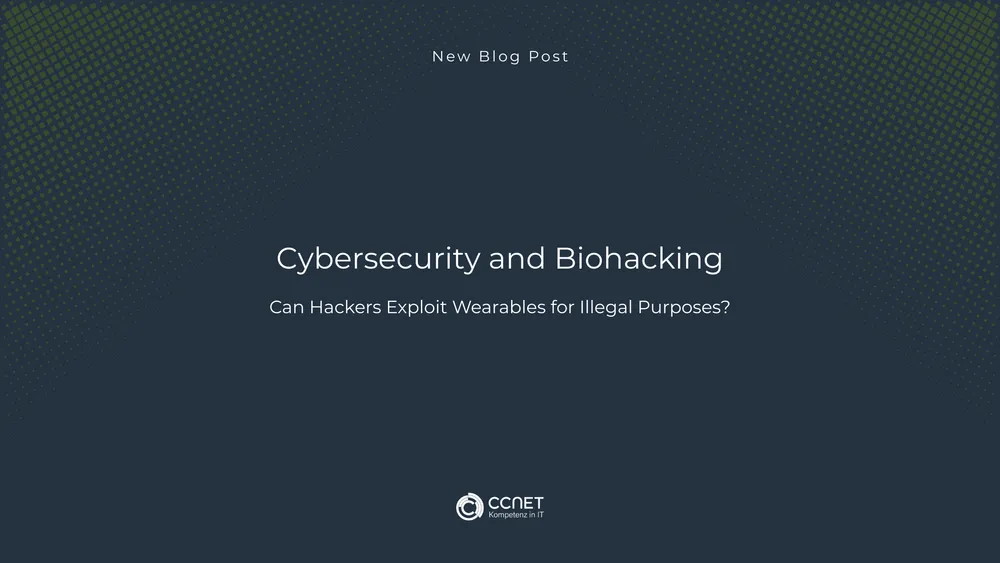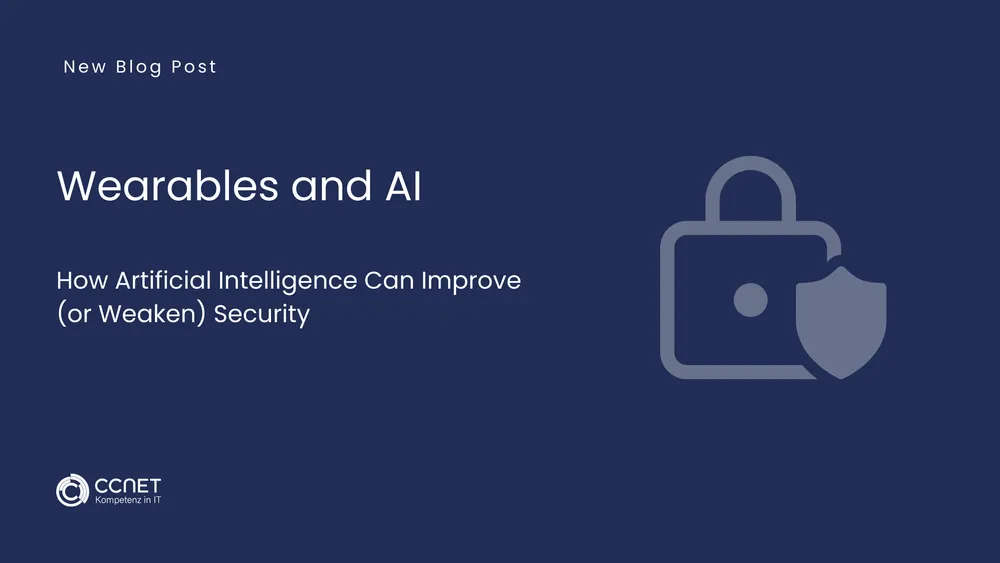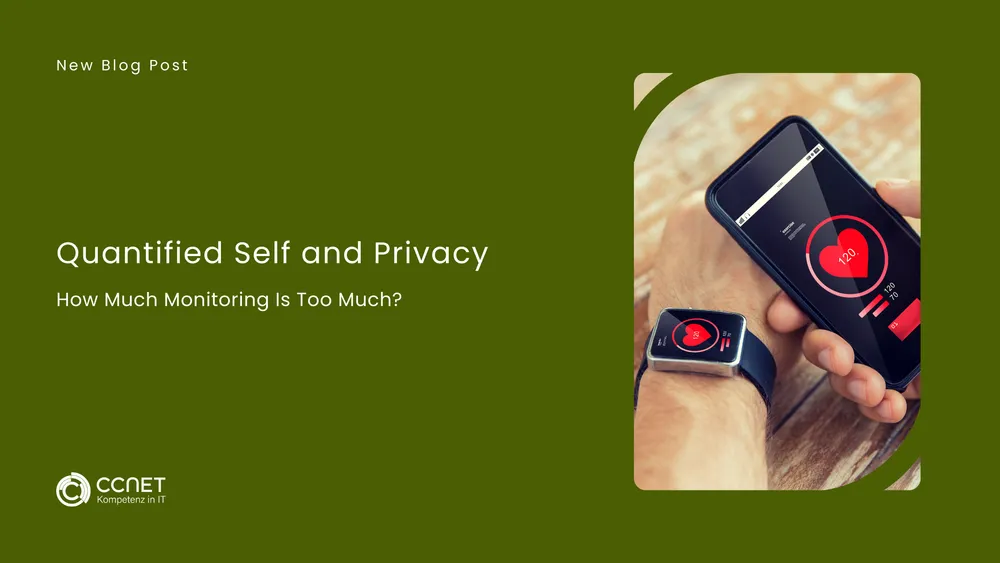
CCNet
Jul 16, 2025 • 2 min read

Secure Wearables as a Business Model: How companies can profit from safetly
Security is often seen as a cost factor—but for companies developing and offering wearables, it can be a strategic advantage. Secure wearables not only fulfill legal requirements but also foster user trust, open up new business models, and reduce long-term risks. In this article, we show how security can be turned into a competitive factor.
1. Trust as a Competitive Advantage
Consumers are becoming more aware of the importance of data privacy. Companies that proactively highlight how they secure user data can win trust and stand out from competitors. Trust leads to customer loyalty, positive reviews, and long-term brand value.
Key factors include:
- Transparent privacy policies
- Certificates and security seals
- Independent security audits
- Clear communication of data protection measures
2. Legal Compliance Reduces Risk
Secure wearables help companies comply with legal frameworks like the GDPR, HIPAA, or the Medical Device Regulation (MDR). Violations can result in high fines and reputational damage. Investing in security early can prevent expensive corrections and legal disputes later on.
3. New Business Models Through Secure Platforms
A secure foundation enables the development of innovative services:
- Health data platforms that collect and process data securely
- Telemedicine applications based on secure transmission
- Integration with health insurance or corporate wellness programs
- Remote patient monitoring systems with verified data integrity
The prerequisite is that all interfaces and data flows are protected.
4. Partnership Opportunities with High Standards
Hospitals, insurance providers, and research institutions prefer to collaborate with companies that can demonstrate robust security measures. Certification and verifiable data protection open doors to new markets and partnerships.
5. Internal Efficiency and Reduced Downtime
Secure systems are more stable. Fewer attacks mean fewer disruptions, reduced support costs, and less time spent on troubleshooting. Efficient update mechanisms and secure architecture also help keep maintenance costs low.
6. Marketing Potential and Differentiation
Security can be a unique selling point—especially in a market where many products are criticized for weak privacy. Companies can use this proactively in marketing to appeal to a privacy-conscious customer base.
Conclusion: Security Pays Off
Security is not just a technical issue—it’s a business enabler. Companies that take IT security seriously not only protect their users but also increase their own long-term competitiveness. Secure wearables are not just safer—they're smarter business.


